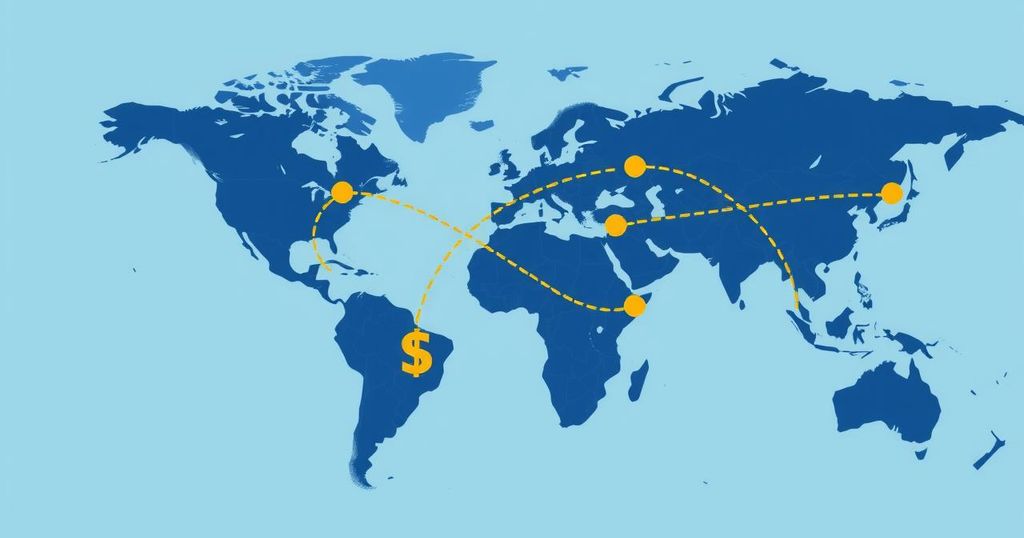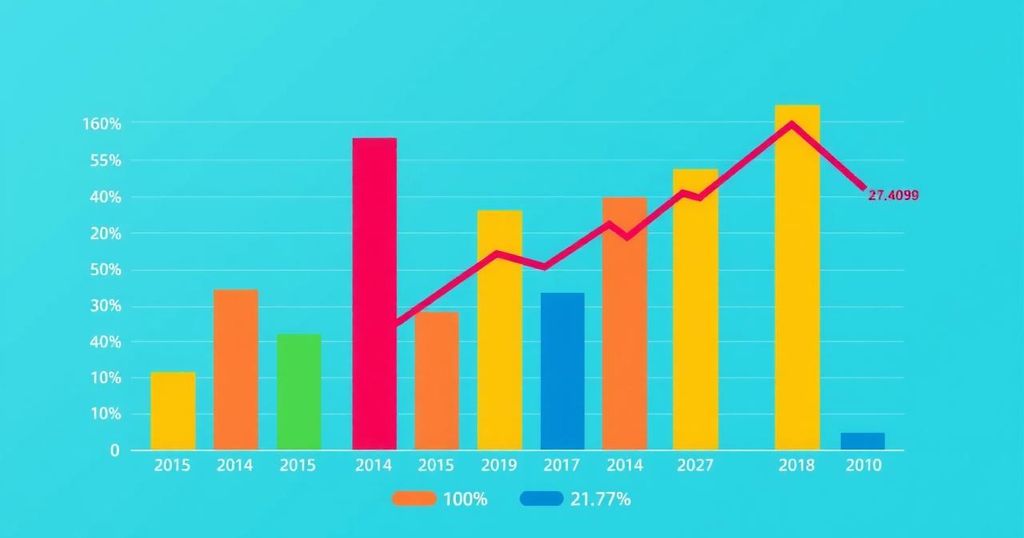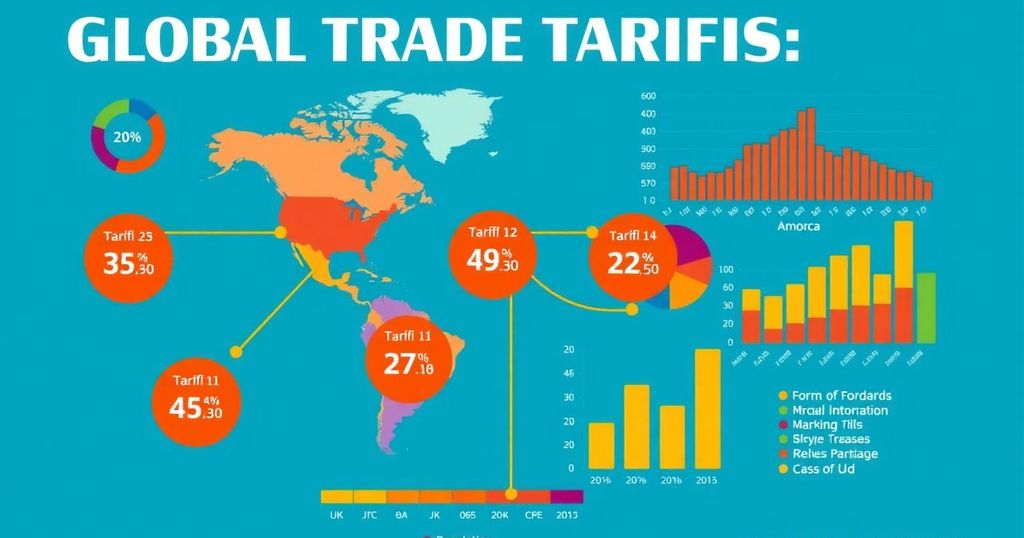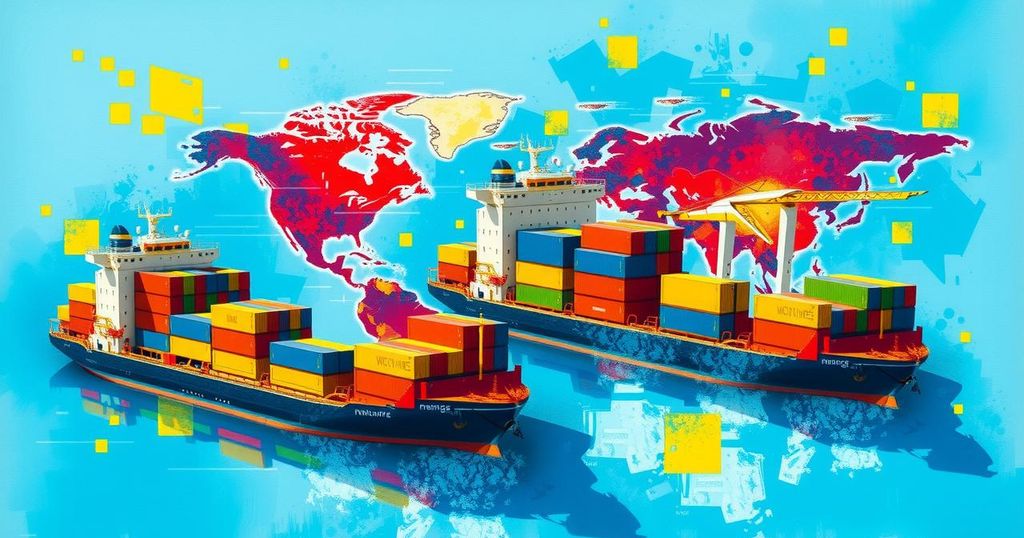As the April 2 deadline for reciprocal tariffs approaches, U.S. President Donald Trump intends to apply these tariffs broadly. These tariffs aim to readjust trade dynamics and fund domestic policies. The U.S. and India are engaging in negotiations under a bilateral trade agreement to bolster cooperation and increase trade volume, amidst concerns from Indian industries regarding potential impacts.
As the deadline for the implementation of reciprocal tariffs approaches on April 2, 2024, U.S. President Donald Trump has revealed intentions to apply these tariffs to all countries, contradicting earlier notions that they would only target a select group. Trump stated, “You’d start with all countries, so let’s see what happens,” and emphasized that these tariffs would bring significant revenue for the U.S. economy.
The upcoming tariffs are part of Trump’s overarching strategy to recalibrate global trade dynamics, promote manufacturing domestically, and finance his policy initiatives, which include extending previous tax cuts and supporting his 2024 campaign promises. White House economic advisor Kevin Hassett indicated potential tariffs may focus on approximately 10 to 15 nations with notable trade imbalances, although the specifics remain undisclosed.
Presently, the White House has not elaborated on the nature of the forthcoming tariffs, the methodologies for their calculation, nor the criteria for exemptions. Additionally, Trump has remarked that the tariffs would take into account non-tariff barriers imposed by other nations, though he has not specified the factors that would influence these evaluations.
Concerns about the impact of such tariffs have been raised, with UK Secretary of State for the Home Department Yvette Cooper warning that raising trade barriers globally could damage the world economy and individual nations. Trump perceives tariffs as tools for economic protection and negotiations to secure advantageous trade agreements, yet there are fears of a trade war that could destabilize markets and threaten U.S. economic stability.
In parallel, India and the U.S. are set to commence discussions under a bilateral trade agreement (BTA) framework aimed at enhancing cooperation in priority sectors and increasing trade volumes. These negotiations are anticipated to cover aspects like market access and tariff reductions, with an objective to elevate bilateral trade to USD 500 billion by 2030.
During recent talks, the U.S. has requested concessions in several sectors including automobiles and agricultural products, while India is likely to advocate for reduced tariffs in labor-intensive sectors like textiles. Indian exporters have solicited government measures to protect them from detrimental effects of the U.S. tariffs, emphasizing that significant U.S. tariffs could adversely affect industries given the U.S. is India’s largest trading partner.
In recent financial figures, India’s trade relationship with the U.S. shows robust numbers, with exports amounting to USD 77.51 billion and imports at USD 42.19 billion in the fiscal year 2023-24, reflecting a trade surplus of USD 35.31 billion.
In conclusion, as the April 2 deadline for reciprocal tariffs nears, significant implications lie ahead for both the U.S. and India. Trump’s broad approach of imposing tariffs on all nations may result in economic challenges and requires vigilance from India’s government and industries to mitigate adverse impacts. The ongoing BTA discussions between India and the U.S. indicate a mutual commitment to enhance trade relations, aiming for a substantial increase in bilateral commerce by 2030.
Original Source: www.livemint.com




